Auteur : Grace Pan
Date : 06 Apr 2025
Vous n'avez probablement aucune idée de ce qu'est Marimekko, mais si je vous montre ce modèle, je risque d'obtenir une réponse comme celle-ci ? - Ahh oui ! Je l'ai déjà vu".
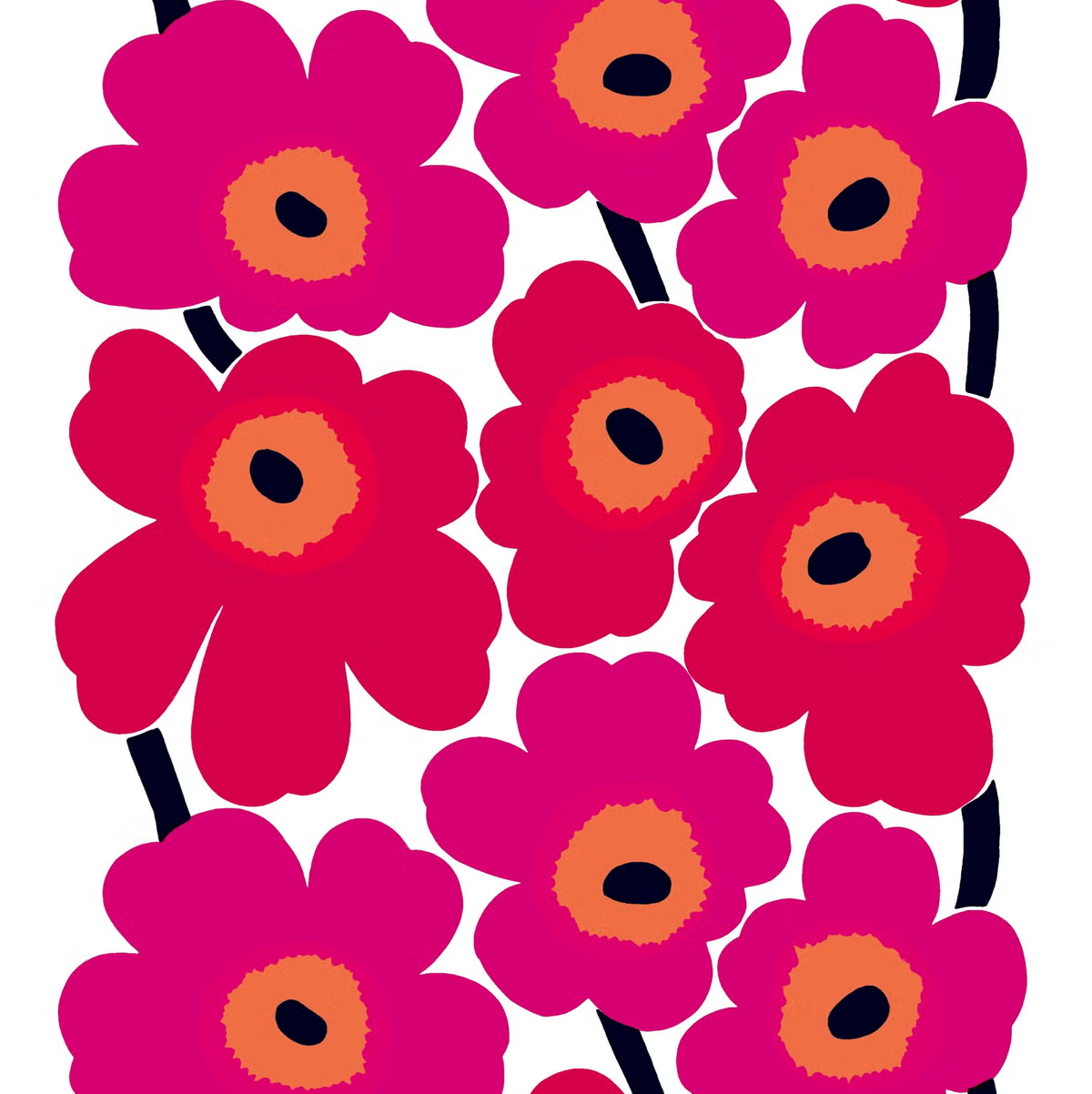
Marimekko, la maison de design finlandaise connue pour ses imprimés audacieux et ses couleurs vives, est plus qu'une simple marque de mode et de textile : c'est un phénomène culturel qui a révolutionné le design scandinave et apporté un nouveau niveau d'expression artistique dans la vie de tous les jours. Avec des racines profondément ancrées dans l'optimisme de l'après-guerre, l'ascension de la marque vers une renommée internationale est l'histoire d'un leadership visionnaire, d'une expérimentation artistique audacieuse et d'une poursuite incessante de la créativité.
1. Les fondateurs de Marimekko
Marimekko a été fondé en 1951 par Armi Ratia et son mari Viljo Ratia à Helsinki, en Finlande. Armi Ratia est largement considérée comme la visionnaire à l'origine de l'éthique de la marque. Poète et penseur créatif, Armi possédait un sens aigu du design et un instinct de l'esthétique qui allaient devenir le cœur de l'entreprise. Tandis que Viljo, un industriel, s'occupait des opérations commerciales, Armi se concentrait sur la direction créative, établissant Marimekko comme une entreprise qui mariait l'art et la fonction d'une manière entièrement nouvelle. Ensemble, leurs forces complémentaires ont formé l'épine dorsale d'une marque destinée à bouleverser la mode traditionnelle de l'après-guerre.
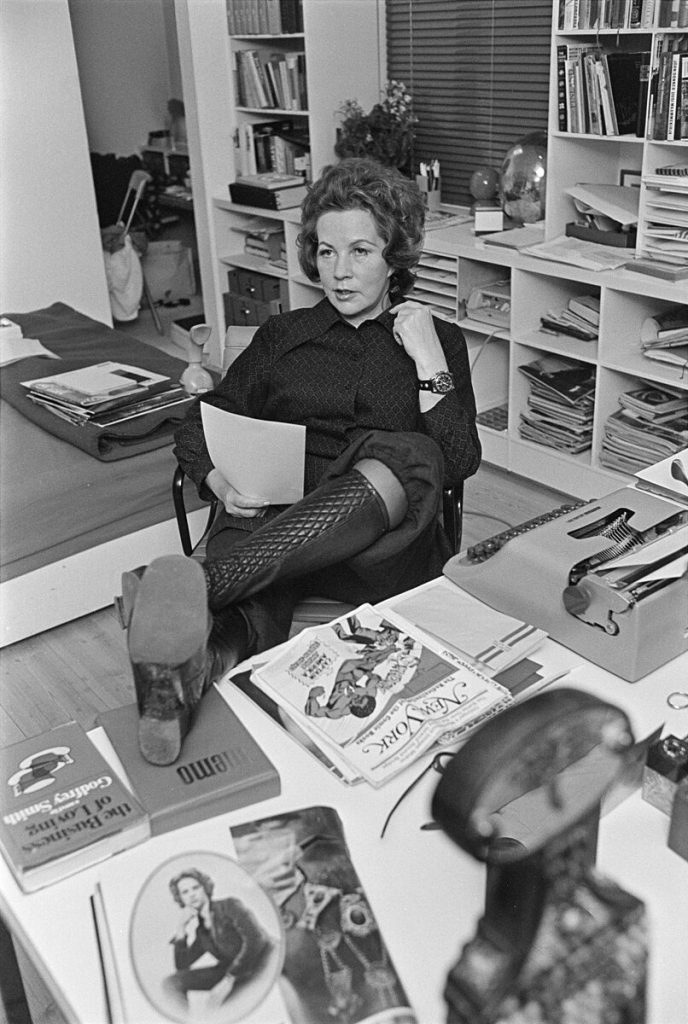
2. La naissance et le tournant de la marque
La genèse de Marimekko est due au travail antérieur d'Armi Ratia avec une société d'impression textile nommée Printex, également détenue par Viljo. Insatisfait des impressions sur tissu peu inspirées de l'époque, Armi a invité de jeunes artistes finlandais à créer des motifs audacieux et originaux qui défiaient les modèles conventionnels. Ce qui n'était au départ qu'une simple idée "d'introduire l'art dans les tissus de tous les jours" s'est rapidement transformé en une déclaration esthétique radicale.
Le tournant pour la marque se produit en 1951, lors d'un défilé de mode organisé dans un grand magasin d'Helsinki. Au lieu de se contenter de vendre des tissus imprimés, Armi décide de les présenter comme des vêtements, des robes simples et fluides qui permettent aux imprimés audacieux de briller. L'événement a connu un succès retentissant. Toute la collection est vendue sur place. Ce moment a marqué la naissance de la marque, qui n'est plus seulement un fabricant de tissus, mais une marque de mode et de style de vie à part entière.
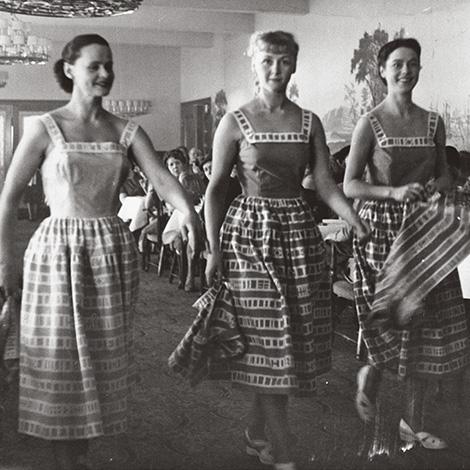
Un autre moment clé de l'histoire de Marimekko a été la photo de Jacqueline Kennedy, alors première dame des États-Unis, portant plusieurs robes Marimekko lors de la campagne présidentielle américaine de 1960. Son soutien a placé la marque sous les feux de la rampe internationale et a consolidé sa réputation de symbole d'une mode moderne, sophistiquée et libérée.
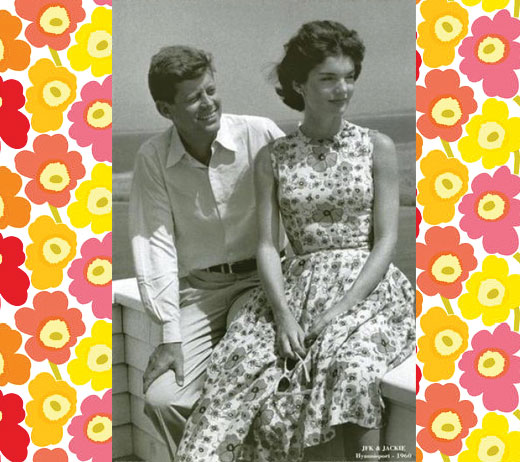
3. Les étapes du développement
Suivons l'ascension de cette marque à travers les décennies comme une histoire de continuité artistique et d'évolution adaptative. Voici quelques phases clés de son développement :
Années 1950-60 : L'âge d'or artistique
Sous la direction d'Armi, Marimekko a cultivé une liste de designers talentueux tels que Maija Isola, Vuokko Nurmesniemi et Annika Rimala. Ces femmes n'étaient pas seulement des imprimeuses : elles étaient des artistes qui remettaient en question les normes de genre et célébraient la liberté à travers la mode. Leur travail a donné à l'entreprise son identité unique : des couleurs vives, des formes abstraites et une esthétique anti-mode qui donne la priorité à l'individualité sur les tendances.
Par exemple, Nurmesniemi a créé la chemise Jokapoika à rayures rouges et blanches en 1956. Isola a créé le motif emblématique Unikko (coquelicot) en 1964.
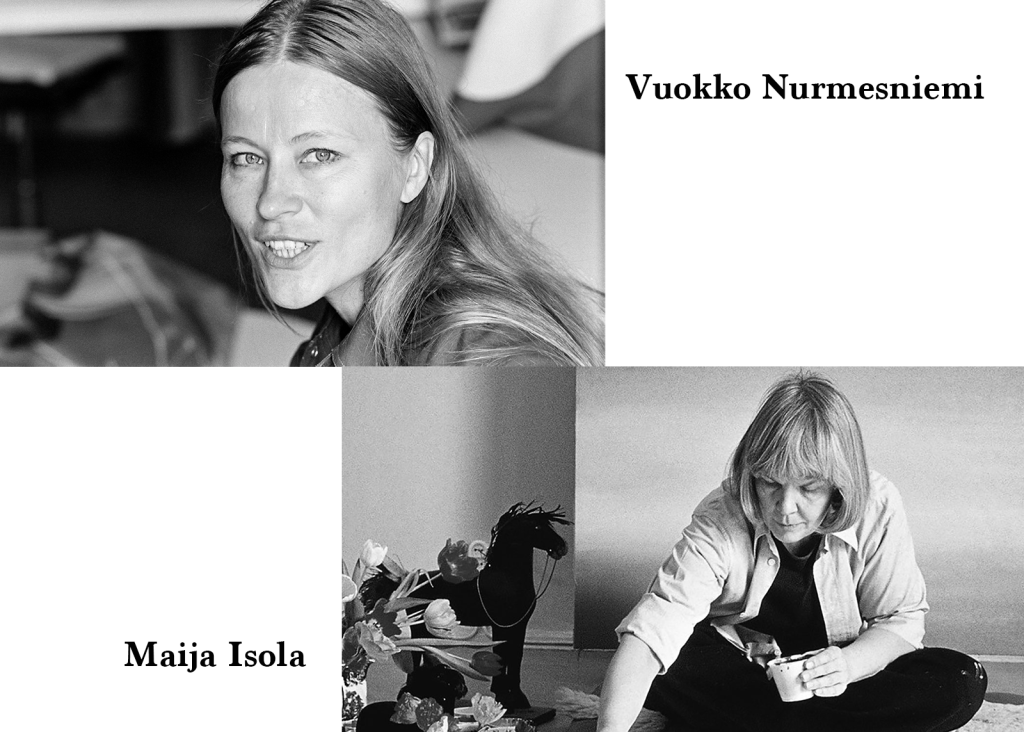
1970s : Expansion et défis
Au fur et à mesure que sa popularité s'étendait à l'échelle mondiale, l'entreprise s'est développée dans les textiles de maison, les accessoires et même le mobilier. Cependant, après la mort d'Armi Ratia en 1979, l'entreprise a eu du mal à s'orienter et à être rentable, entrant dans une phase difficile au cours des années 1980.
Années 1990-2000 : Relance et croissance mondiale
En 1991, l'entrepreneuse finlandaise Kirsti Paakkanen a racheté l'entreprise en difficulté et a été le fer de lance d'un renouveau majeur. Sous sa direction, la marque retrouve sa stabilité financière et rafraîchit son image pour une nouvelle génération. Sous sa direction, Marimekko a pénétré de nouveaux marchés internationaux et a commencé à collaborer avec des détaillants mondiaux tels que Crate & Barrel, Uniqlo et Target.
Des années 2010 à aujourd'hui : Modernisation et durabilité
Marimekko a adopté les plateformes numériques, la durabilité et les collaborations en matière de design pour rester pertinent dans le paysage de la mode moderne. La directrice de la création Anna Teurnell (2014-2017), puis Satu Maaranen, ont continué à faire fructifier l'héritage de la marque, en conciliant patrimoine et innovation.
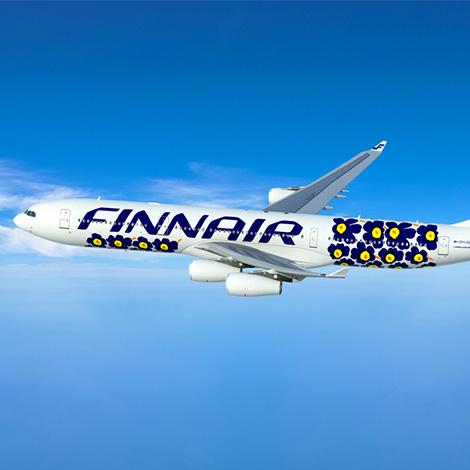
4. Modèles emblématiques
Au cœur de l'identité de Marimekko se trouve l'utilisation distinctive d'imprimés et de motifs, dont beaucoup ont acquis un statut d'icône :
Unikko (Coquelicot) - 1964
Conçu par Maija Isola, Unikko est peut-être l'imprimé le plus reconnaissable. Avec ses grands coquelicots abstraits aux teintes vives, Unikko a défié l'interdiction initiale d'Armi Ratia sur les imprimés floraux. La création rebelle d'Isola était si puissante et unique qu'elle est devenue l'emblème de la marque.
Chemise Jokapoika - 1956
Conçue par Vuokko Nurmesniemi, cette chemise rayée classique est devenue un élément essentiel de la mode finlandaise et symbolise la simplicité et l'attrait unisexe.
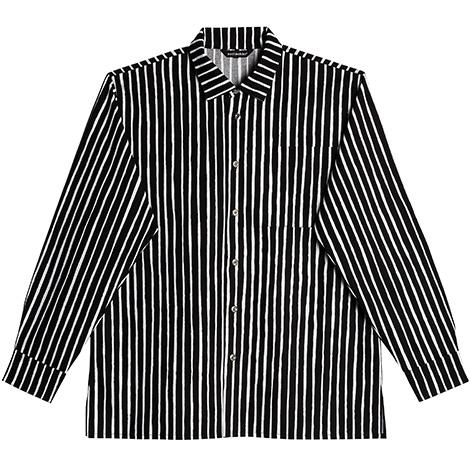
Tasaraido (rayures paires) - 1968
Créé par Annika Rimala, cet imprimé est devenu célèbre pour son attrait démocratique et intemporel. Il marque l'évolution de la marque vers des vêtements de tous les jours et des vêtements unisexes qui privilégient le confort et l'expression de soi.
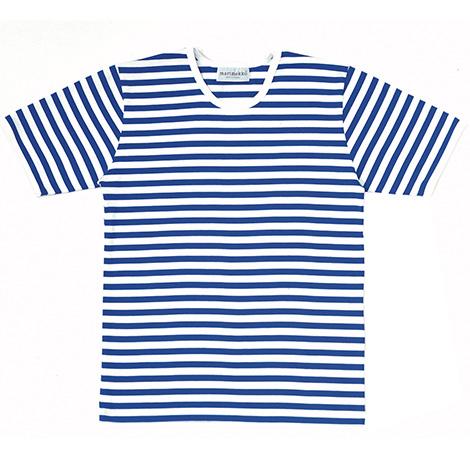
Ces créations ne sont pas seulement des déclarations de mode, elles reflètent les valeurs fondamentales de Marimekko : l'individualité, la créativité et l'égalité. Contrairement aux maisons de couture qui suivent les tendances, l'attrait de Marimekko réside dans sa capacité à rester intemporel tout en se réinventant constamment.
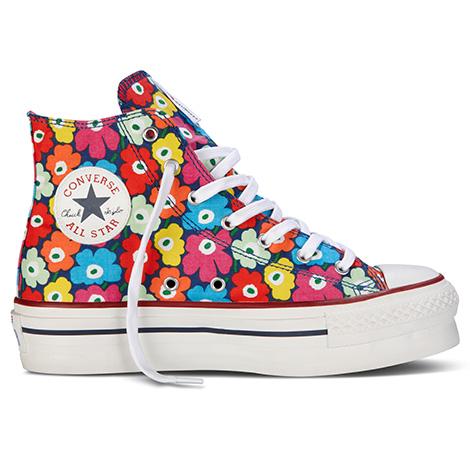
La première des six collections de baskets Converse ♥ Marimekko sera disponible au printemps 2011. La collaboration sous licence avec des marques internationales fait partie des activités de l'entreprise depuis le début des années 1970. Les collections en édition limitée lancées en partenariat avec des marques telles que Banana Republic, Target, Uniqlo, Clinique et Adidas, entre autres, ont également apporté à Marimekko une grande visibilité mondiale au fil des ans.
Le parcours de Marimekko, qui est passé d'une petite entreprise textile basée à Helsinki à une marque de mode et de design de renommée internationale, témoigne d'un leadership visionnaire, d'une collaboration artistique et d'un impact culturel. Ses fondateurs, en particulier Armi Ratia, ont créé un espace où l'art pouvait rencontrer la vie quotidienne, où une robe pouvait être une toile et un motif une voix de la liberté. Enracinée dans le modernisme du XXe siècle et tournée vers un avenir durable, Marimekko continue de prospérer en tant que symbole d'une expression joyeuse et d'un design audacieux. (voir sauce)
Notre La grande notoriété dans les estampes célèbre l'héritage des pionniers du textile et de l'impression les plus célèbres au monde. Cette série se penche sur l'histoire de leur entreprise, leurs créations intemporelles et leur influence durable sur la mode mondiale, les intérieurs et l'esthétique culturelle].
Autres articles dans cette série :
L'art à porter - Vera Neumann, une visionnaire intemporelle de la couleur et du motif
Vera Neumann : la femme qui faisait des écharpes a Toile d'art
Missoni : l'héritage de la bonneterie italienne et de sa Iconique Modèles
La maille intemporelle avec les dessins de Missoni et son influence sur la marque
De la selle à la soie : L'évolution d'Hermès en une icône mondiale du luxe
L'art des foulards Hermès : Une brève analyse qui Définit Luxe
Liberty - L'histoire fascinante et son icône Tissu Impressions
Liberty Patterns - L'art et la polyvalence de l'artisanat son Intemporel Élégance
Si vous souhaitez en savoir plus sur le tissu, l'artisanat, le processus de fabrication ou si vous avez besoin d'une coopération supplémentaire, veuillez nous envoyer un courriel à l'adresse suivante vip@docsunhomeandliving.comou cliquez sur l'image ci-dessous pour visiter notre site officiel. Vous pouvez également visiter Docsun Silk pour des conseils quotidiens sur les tenues.
2024.11-1024x1024.png)
